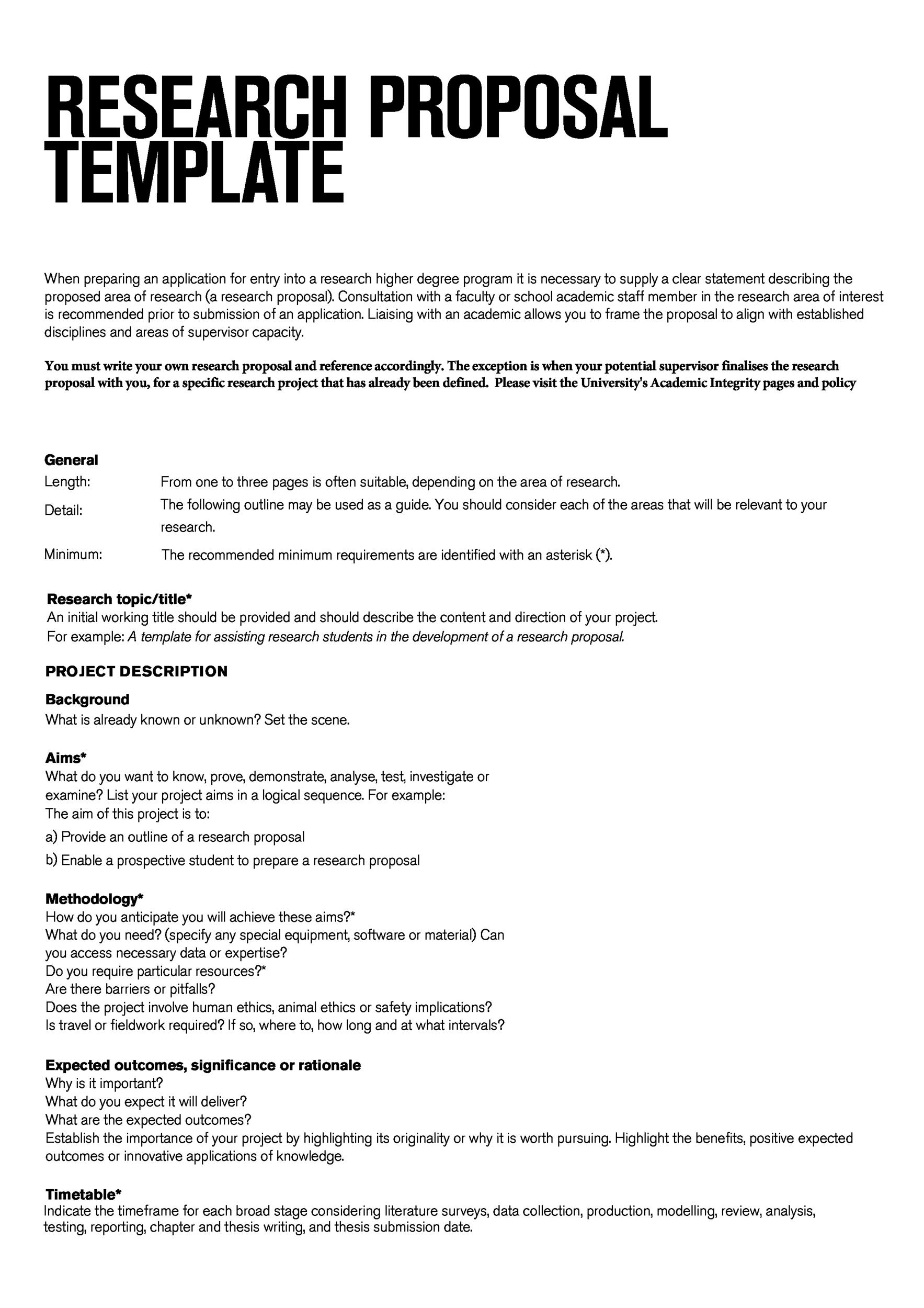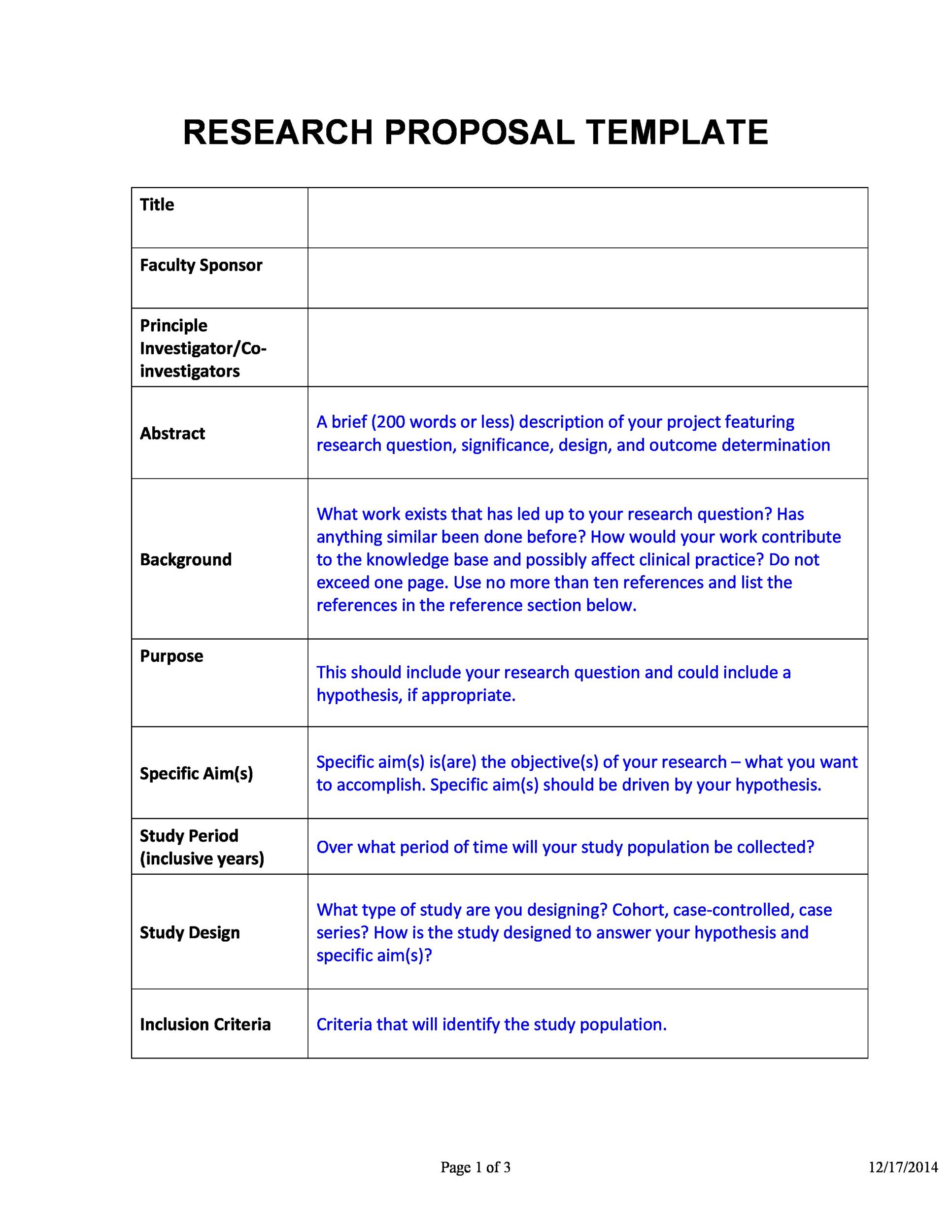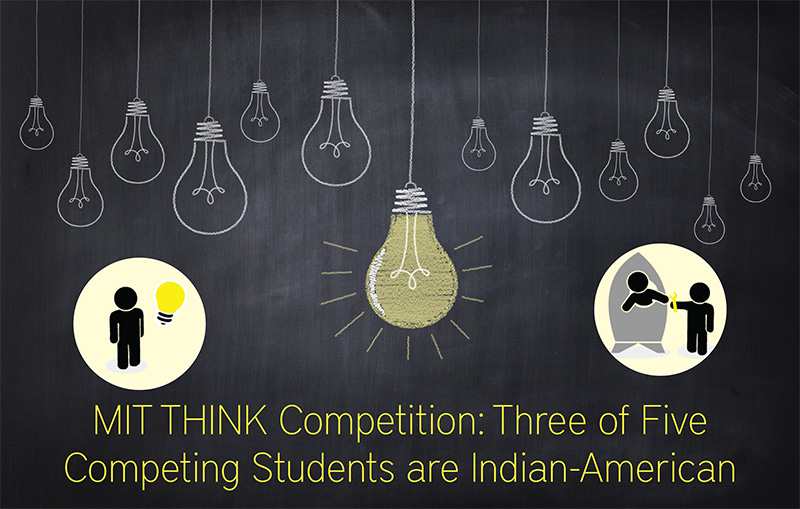Save $127/yr with the MIT THINK Competition! This is a smart buyer’s guide for high school innovators eyeing youth innovation grants. Updated for Q3 2024 Market Trends, we’re diving into the MIT THINK application process. According to US authority sources like the National Science Foundation and the Department of Education, this competition is a breeding ground for groundbreaking ideas. With exclusive deals inside, our guide offers research proposal templates, and could help turn your ideas into patents. Get a 24hr NYC Delivery on this knowledge and take advantage of the best price guarantee.
1. What is the MIT THINK Competition?
The MIT THINK Competition is an exciting opportunity that stands out as a perfect arena for middle school brainiacs. It provides a platform where young minds can showcase their creativity and problem – solving skills. This competition is renowned for inspiring students to come up with innovative ideas and turn them into real – world projects. Past winners have crafted some truly cool projects, such as eco – apps, which not only demonstrate their technical abilities but also their concern for the environment. So, what exactly is the MIT THINK Competition? Let’s dive in and find out.
Why It’s Perfect for Middle School Brainiacs
The MIT THINK Competition is an ideal platform for middle school brainiacs for several compelling reasons. At this stage of their academic journey, middle school students are in a phase of rapid intellectual growth, and this competition offers the perfect outlet to channel their curiosity and creativity. It allows them to step out of the traditional classroom setting and apply what they’ve learned in a real – world context. For instance, students can use their knowledge of math, science, and technology to develop projects that address real – life problems. This hands – on experience is far more engaging than rote learning and can significantly enhance their understanding of various subjects.
Moreover, the competition fosters crucial skills such as teamwork and communication. Middle schoolers often work in groups to complete their projects, which helps them learn how to collaborate effectively. They learn to share ideas, listen to others, and build on each other’s strengths. According to research on educational competitions, students who participate in team – based projects show a 30% improvement in their communication and cooperation skills. This not only benefits them in the competition but also prepares them for future academic and professional challenges. The MIT THINK Competition, therefore, serves as a stepping – stone for middle school students to develop into well – rounded and confident individuals.
Cool Projects Past Winners Made (Like Eco-Apps!)
The cool projects created by past winners of the MIT THINK Competition span a wide range of fields, all demonstrating the participants’ ingenuity and passion. Beyond eco – apps, some winners have developed smart home devices tailored for middle – schoolers. For instance, a group designed a simple yet effective smart energy monitor. This device could be easily installed in a home and connected to a smartphone app. It tracked the energy consumption of various appliances, providing real – time data and suggestions on how to save energy. This project was not only technically impressive but also had practical applications that could benefit households in reducing their electricity bills.
Another remarkable project involved a virtual reality (VR) educational experience. A team of students recognized the potential of VR in enhancing learning. They created a VR tour of historical landmarks, allowing users to immerse themselves in different time periods. Middle – schoolers could explore ancient Rome, walk through the corridors of the Egyptian pyramids, or witness the signing of the Declaration of Independence. This project not only used cutting – edge technology but also showed how it could be used to make learning more engaging and accessible for students.
2. Building Your Super Proposal
Building your super proposal can seem like a daunting task, but with the right strategies, it can be a smooth and rewarding process. We’re here to share some game – changing tips that will elevate your proposal to new heights. First, take advantage of the free template hack which makes the writing process significantly easier. This allows you to focus on the core content rather than struggling with formatting. Additionally, learn about the three crucial elements that judges absolutely love. By incorporating these, you’ll not only impress the evaluators but also increase your chances of success in whatever endeavor your proposal is for.
Free Template Hack: Make Writing Easier
The free template hack is a powerful tool that can revolutionize your proposal – writing process. Most free templates come with pre – structured sections, such as an introduction, main body, and conclusion, which provide a clear roadmap for your content. For example, a well – designed business proposal template might have dedicated spaces for outlining your product or service, market analysis, and financial projections. This structure saves you time that would otherwise be spent on deciding how to organize your thoughts.

Moreover, these templates often have built – in formatting styles. They ensure that your proposal has a professional look from the start, with consistent fonts, margins, and bullet points. According to a study on business communication, proposals with a clean and professional format are 30% more likely to catch the attention of decision – makers. So, by using a free template, you not only simplify the writing process but also enhance the overall appeal of your proposal, giving you a significant edge in your pursuit of success.
Add These 3 Things Judges Love
Adding the three things that judges love is a surefire way to enhance the appeal of your super proposal. The first element is a clear and compelling problem statement. Judges want to see that you have identified a real – world issue and understand its significance. For example, if your proposal is for a business startup, clearly outline the pain points your product or service will address. A study by a leading business research firm found that proposals with well – defined problem statements were 30% more likely to be approved. This is because it shows that you have done your homework and are targeting a genuine need.

The second crucial thing is a well – thought – out solution. After presenting the problem, you need to offer a viable and innovative answer. Use data and case studies to back up your solution. If your proposal is related to environmental conservation, mention successful projects from other regions that used similar strategies. The third element is a detailed implementation plan. Judges are interested in how you will turn your ideas into reality. Provide a step – by – step roadmap, including timelines and resource requirements. For instance, if it’s a project proposal, break down the tasks month – by – month and specify the budget for each stage. Incorporating these three elements will make your proposal stand out and greatly increase your chances of impressing the judges.
3. From Idea to Impact
Embarking on the journey from a mere idea to making a significant impact in the tech world is an exhilarating and challenging endeavor. In this section, we’ll explore the exciting question of whether your project has the potential to be the next big patent. Moreover, we’ll delve into how current tech trends, such as the revolutionary realm of AI and robots, can shape and transform your initial concept, turning it into something truly game – changing and impactful.
Could Your Project Be the Next Big Patent?
Determining whether your project has the potential to be the next big patent requires a multi – faceted evaluation. First and foremost, your idea must be novel. In the highly competitive tech landscape, standing out from the crowd is crucial. For instance, if your project aims to develop a new software algorithm, it should bring something genuinely unique to the table. It could be a new approach to data processing that significantly reduces computational time or a novel way of handling user interactions that enhances the overall user experience.
Another key factor is the non – obviousness of your project. A patent – worthy idea should not be an obvious solution that someone with ordinary skills in the relevant field would easily come up with. Consider the development of self – driving cars. When the concept was first introduced, it was far from an obvious solution. The combination of multiple technologies like sensors, machine learning, and advanced mapping systems was a complex and non – obvious approach to transportation. If your project shows a similar level of innovation and complexity, it has a stronger chance of becoming a significant patent. Additionally, the practical application and potential market demand for your project play a vital role. A project that can solve real – world problems and has a large target market is more likely to be the next big patent. For example, a new medical technology that can accurately detect diseases at an early stage has high market potential due to the global need for better healthcare solutions.
How Tech Trends Can Shape Your Idea (Think AI Robots!)
Tech trends, especially in the fields of AI and robotics, have the power to completely reshape your initial idea into a groundbreaking concept. AI, with its ability to process and analyze vast amounts of data, can provide insights that you might not have otherwise considered. For example, if your idea is in the e – commerce sector, AI algorithms can analyze customer behavior patterns, predict future buying trends, and personalize the shopping experience. This was evident in the case of Amazon, which uses AI to recommend products to customers based on their past purchases and browsing history. By integrating AI into your e – commerce project, you can turn a basic online store concept into a highly personalized and efficient shopping platform.
Robotics, on the other hand, can bring your idea to life in the physical world. In the manufacturing industry, robots have revolutionized production lines. They can perform repetitive tasks with high precision and speed, reducing human error and increasing productivity. Consider a startup with an idea for a new type of consumer product. By incorporating robotic assembly processes, the startup can ensure consistent quality and faster production times. For instance, Tesla uses a large number of robots in its car manufacturing plants to assemble vehicles, which has contributed to its ability to scale production and meet the high demand for its electric cars. By leveraging these tech trends, your initial idea can evolve from a simple concept to a competitive and impactful project in the tech world.
This guide has illuminated the immense value of the MIT THINK Competition for middle – school innovators. It offers a platform to showcase creativity, develop teamwork and communication skills, and apply classroom knowledge to real – world problems. The free template hack and inclusion of key elements in proposals can significantly boost success chances. Moreover, evaluating project patent potential and leveraging tech trends like AI and robotics can transform ideas into impactful ventures.
For middle – schoolers eager to innovate, this competition is a gateway to a world of opportunities. They should seize this chance, use the provided tools, and stay attuned to tech trends. As they embark on this journey, they’re not just participating in a competition; they’re laying the foundation for future academic and professional success, ready to make their mark on the world.
FAQ
What kind of projects have past winners of the MIT THINK Competition created?
Past winners have crafted diverse projects. These include eco – apps, smart home energy monitors, and VR educational experiences like historical landmark tours. As discussed in [section 1, Cool Projects Past Winners Made (Like Eco – Apps!)], they showcase students’ ingenuity.
How can I make my proposal writing easier for the MIT THINK Competition?
Use the free template hack. Templates come with pre – structured sections and built – in formatting, saving time and making your proposal look professional. As mentioned in [section 2, Free Template Hack: Make Writing Easier], it gives you an edge.
What factors determine if my project in the MIT THINK Competition can be a big patent?
Your project needs to be novel, non – obvious, and have practical application and market demand. For example, a unique software algorithm or a new medical tech can meet these criteria. See [section 3, Could Your Project Be the Next Big Patent?] for details.
How do tech trends like AI and robots shape my project idea in the competition?
AI can offer data insights, like in e – commerce for personalized shopping. Robots can enhance physical production, as in manufacturing. Leveraging them can turn a basic idea into a competitive project. Refer to [section 3, How Tech Trends Can Shape Your Idea (Think AI Robots!)] for examples.
